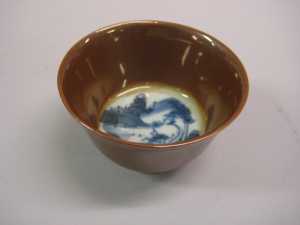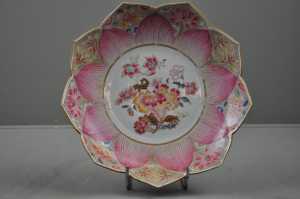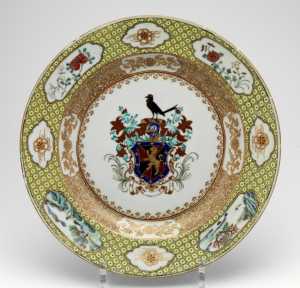
E. van Rijckevorsel (1845-1928)
Elie van Rijckevorsel was a physicist, world traveller and collector. He began by donating his glass and porcelain collection to Museum Boymans anonymously in 1910 and 1935.
The museum’s entire collection of arts and crafts had been destroyed in the Schielandshuis fire in 1864. Van Rijckevorsel’s gifts made it possible to re-establish a collection in this field. The identity of the mysterious patron did not become common knowledge until Van Rijckevorsel’s death in 1928, when he left a sizeable collection of glassware, Delftware and Oriental porcelain to the museum.
He gave his collection of ethnographic artefacts to the City of Rotterdam to establish a new museum for geography and ethnology (now the Wereldmuseum). He also set up the Erasmus Foundation to promote science, art and education. Today this foundation is an important stimulus in Rotterdam’s cultural life.













